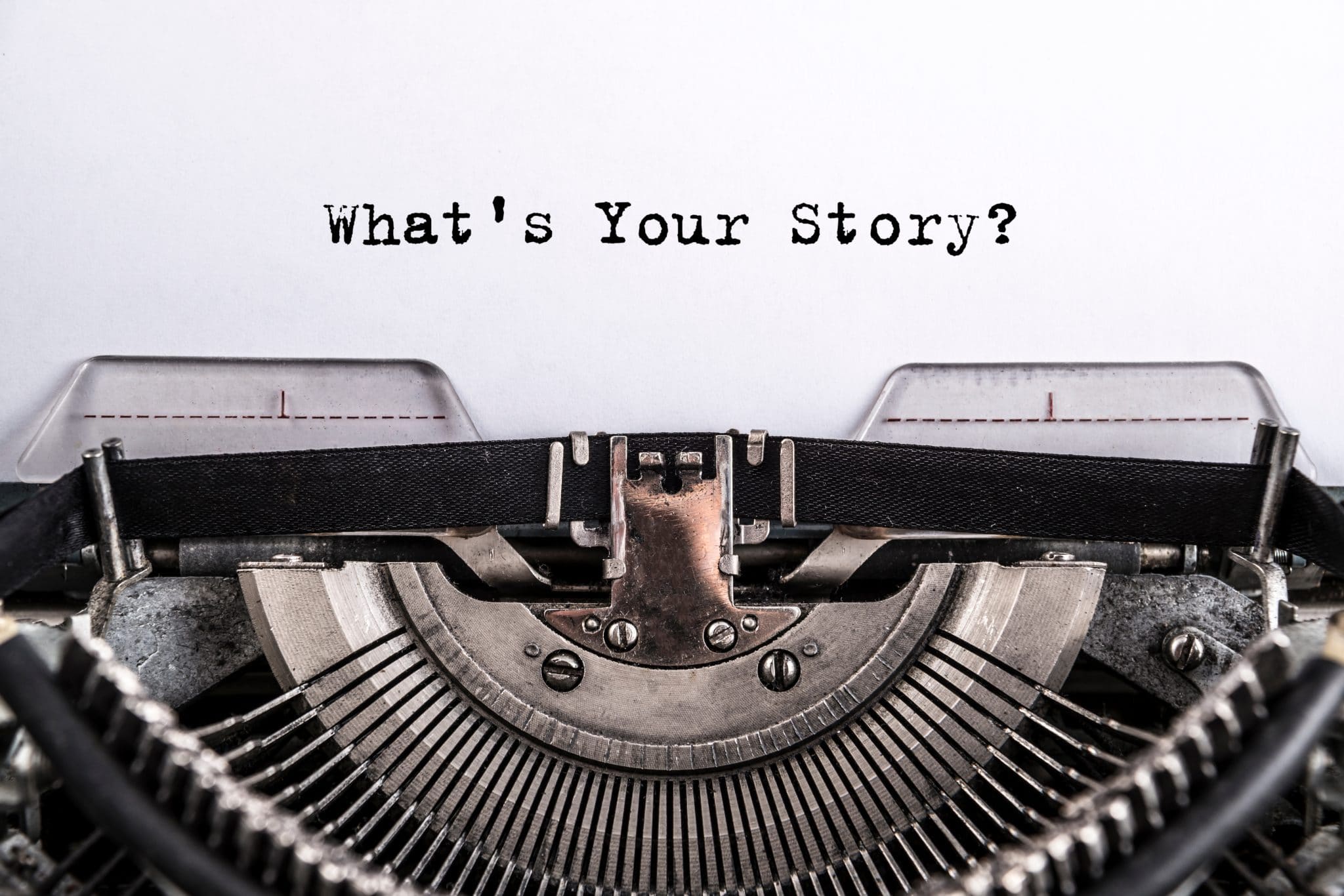
I’m a self-professed story nerd. I love to watch movies and then discuss them with others, breaking down the scenes and beats, examining characters’ story arcs and how they achieve transformation in the end. I enjoy traveling with the hero as they go from thesis world, through the antithesis world, and finally arrives in their synthesis world having learned the theme of the story. So it should come as no surprise that when I have the chance to work with a writer on developing a script, story idea, or beat sheet, I jump at the chance.
Whether we hold the consultation via Zoom or a phone call, I find that I often have to preface the conversation by noting that I tend to get a little excited about stories and building the structure, so I might begin to talk a mile a minute, the ideas bouncing around inside my head. Some people get their adrenaline fix from sports or roller coasters; I get mine from discussions about stories.
Each coaching session has allowed me to work with writers from all around the world, and whether it be a beat sheet, a logline, a film, or even a documentary, one lesson is clear: when writers work together, the ideas flow. Often, I’ll share my initial thoughts on the script and beats, discussing the notes with the writer before tackling questions and areas for possible development. This can open up questions and possibilities the writer never considered.
As we discuss the story elements, we clarify beats and scenes that caused questions, working out the details. Usually, we will anchor the story at its core, looking at one of Blake Snyder’s 10 Story Genres to discuss what it is about. Once we define this, we have a clear indication of what three elements the story must have, with one of those being critical to address the theme and inform the hero’s transformation. Working from here, we can look at the A Story, what the hero wants, and contrast it with the B Story, what the hero needs. We know that the B Story character will help the hero learn the theme, and the character arc will need to balance these aspects.
Soon, the discussions turn toward ideas and revelations about elements the story needs, and possibilities begin to present themselves. I’ve found that even though I might offer input and advice, the writer will have new insights that cause the floodgates of creativity to pour forth. It can be infectious; hearing a writer’s excitement for their story fills me with energy, and by the time the coaching session is over, the writer leaves with more confidence that the story they were born to tell is one step further along.
Perhaps the most rewarding thing about script coaching is when the writer discovers something new about the story, something that eluded them for so long. That moment of discovery is something all writers thrive on, and to help them achieve that is both rewarding and necessary. There’s nothing more satisfying than when a writer says that the coaching has encouraged them to continue, to work out the story’s loose ends, or to consider how many possibilities are now opened to them.
Writing is hard work. Storytelling shouldn’t be—just like anything we want to grow in, sometimes we need a little coaching. If you choose to sign up for a coaching session with Save the Cat!, you’ll ensure that your story structure is resting on a solid foundation. Most importantly, you’ll be encouraged and inspired to keep going, to finish the story that only you can tell!
Cory Milles
2 Comments
Leave a Reply Cancel reply
You must be logged in to post a comment.










Hi Cory, hope you are well. I was wondering how much you charge to help my story idea blossom? I live in the UK. Kind regards Mary
Hi Mary,
This would be a good choice:
http://savethecat.com/products/consultations/script-no-notes